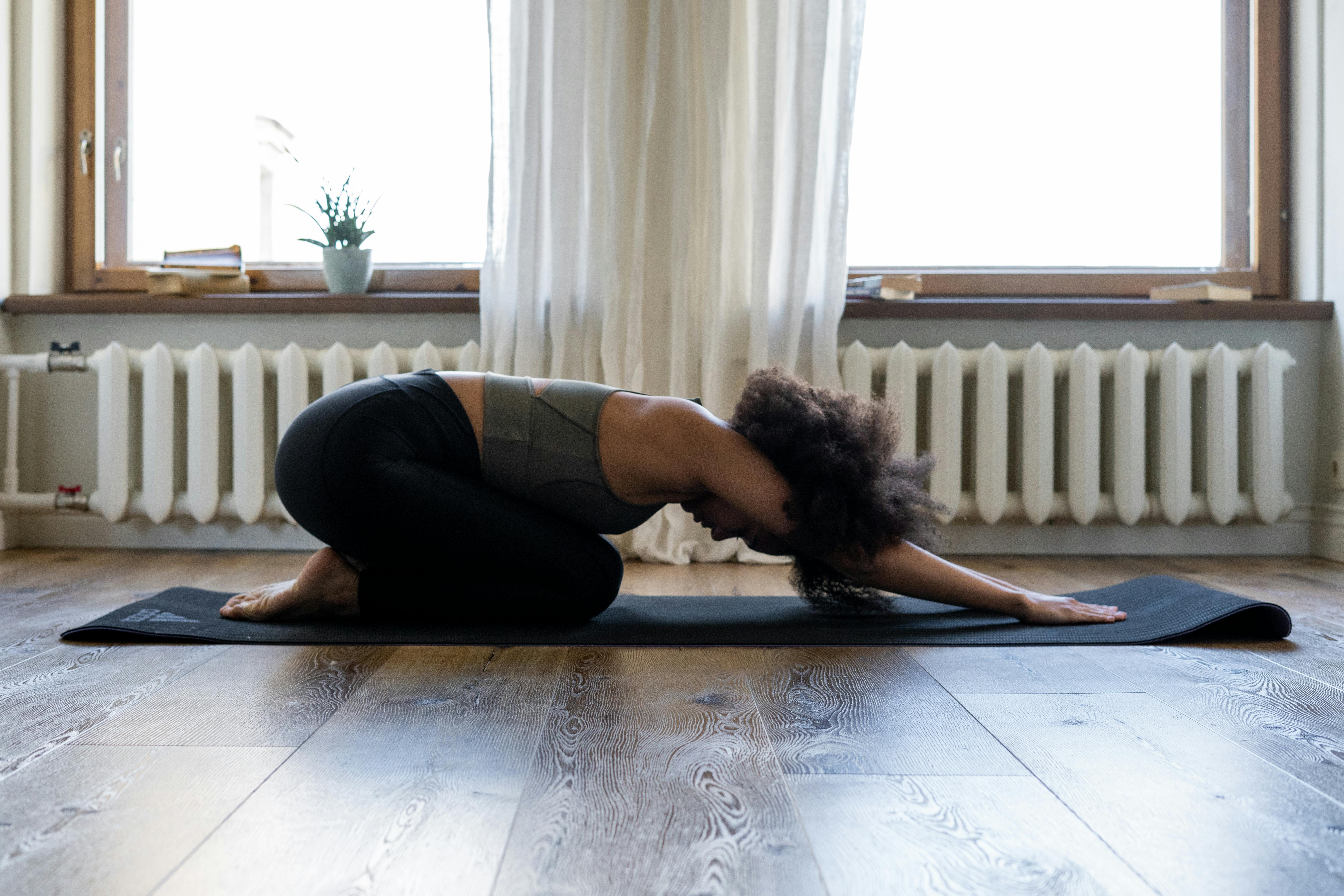
Throughout our lives but especially as we age it’s important to stay active for the fitness of our bodies as well as our mind.
Australians aged over 65 years account for 16% of the population and, according to the AIHW, around a quarter of those live alone.
Studies have repeatedly shown that those who remain active have a higher quality of life for longer, lower likelihood of disease such as high blood pressure, high cholesterol, type 2 diabetes, heart disease and some cancers.
Active people also have been shown to have improved immune function, better sleep and lower rates of depression thanks to that ever-important release of endorphins. They also have lower rates of physical injury from falls, better concentration and memory, according to the Department of Health.
But new research from the WHO has added another level of complexity when it comes to maintaining health as we age. They named social isolation and loneliness as a risk factor to people’s health, saying it shortens people’s lives and increases their risk of developing other serious health conditions such as cognitive decline and cardiovascular disease.
In fact, in their 2021 they said being lonely was as bad for your health as smoking or being obese.
Qualified fitness providers can play an important part of improving outcomes for the elders in our communities by providing classes tailored to their needs.
Because, while physical activity is one way to living longer, happier lives, doing it as part of a social group could help elderly people who live alone twice as much.
What can gym owners provide for older Australians?
Many mainstream gyms, catering mostly to younger demographics, can be intimidating and downright dangerous for older people if there’s not proper safety and training in place for older people.
However, the rise of boutique gyms and smaller fitness providers could be the answer to providing more niche experiences that can be tailored to just about anyone - especially seniors.
But, at the end of the day, any fitness professional who has done the training and has the desire can create a personalised class that addresses the needs of older bodies while also providing a much-needed social outlet for participants.
Combating ageism - just like any other form of discrimination - will benefit not just potential new customers, but society as a whole.
How to become qualified to run fitness classes for seniors
- Undertaking a Certificate IV in Fitness or similar is a great way to get educated around the needs of older people.
- Learn the potential risks, common age-related injuries to avoid, and types of exercise best suited to this demographic
- Focus on providing safe, engaging classes that maximise all the benefits of exercise within a social group.
What is the best exercise for seniors?
For some seniors, getting active can start as small as a walk to the mailbox and back.
For others in better physical health classes can range from aerobics to yoga, dancing to a walking club.
It’s important for those interested in beginning a new exercise to speak to their doctor first, to make sure there are no underlying health issues and make them known to the instructor before undertaking anything.
Because while it’s important to emphasise the benefits of staying active, studies have shown that even small lifestyle changes can lead to big leaps in health and wellbeing.
Here are some ideas for fitness classes for seniors:
- Seated body stretches such as with their arms and legs
- Working with resistance bands
- Yoga
- Tai Chi
- Pilates
- Percussion sessions that go along with music
- Gentle weight bearing exercises
- Swimming
- Craft sessions
- Singing sessions with movement (eg, sing row, row, row your boat while acting out the words)
- Gentle ball games
How to provide the best experience for seniors when it comes to fitness
Here are some tips to consider when planning an exercise class for seniors:
1. Start slow
There’s definitely no need to race to the finish line here, fitness for seniors is all about having fun and social engagement, afterall.
2. Include props
Props such as ribbons, balls, maracas or similar can keep things interesting and provide visual stimulation.
3. Embrace music
Studies have shown that music can have a profound effect on the elderly, helping to keep people engaged and positive.
It can even aid those with cognitive decline conditions such as dementia, according to the Mayo Clinic by relieving stress and anxiety as well as reducing agitation.
4. Keep sessions short
Keeping sessions short, around 15-30min, is often a great way to leave your participants wanting more and avoid them getting too worn out by the experience.













